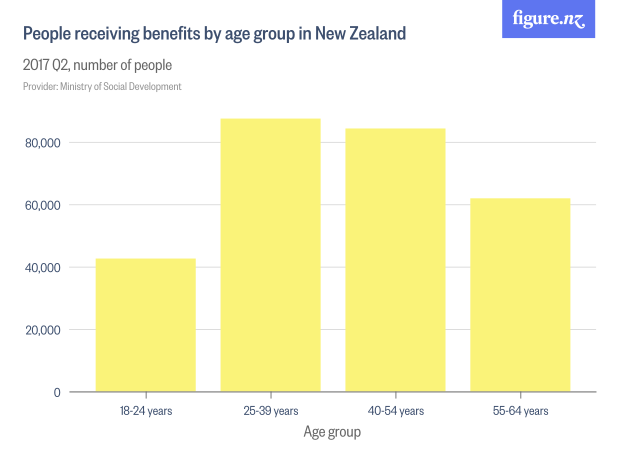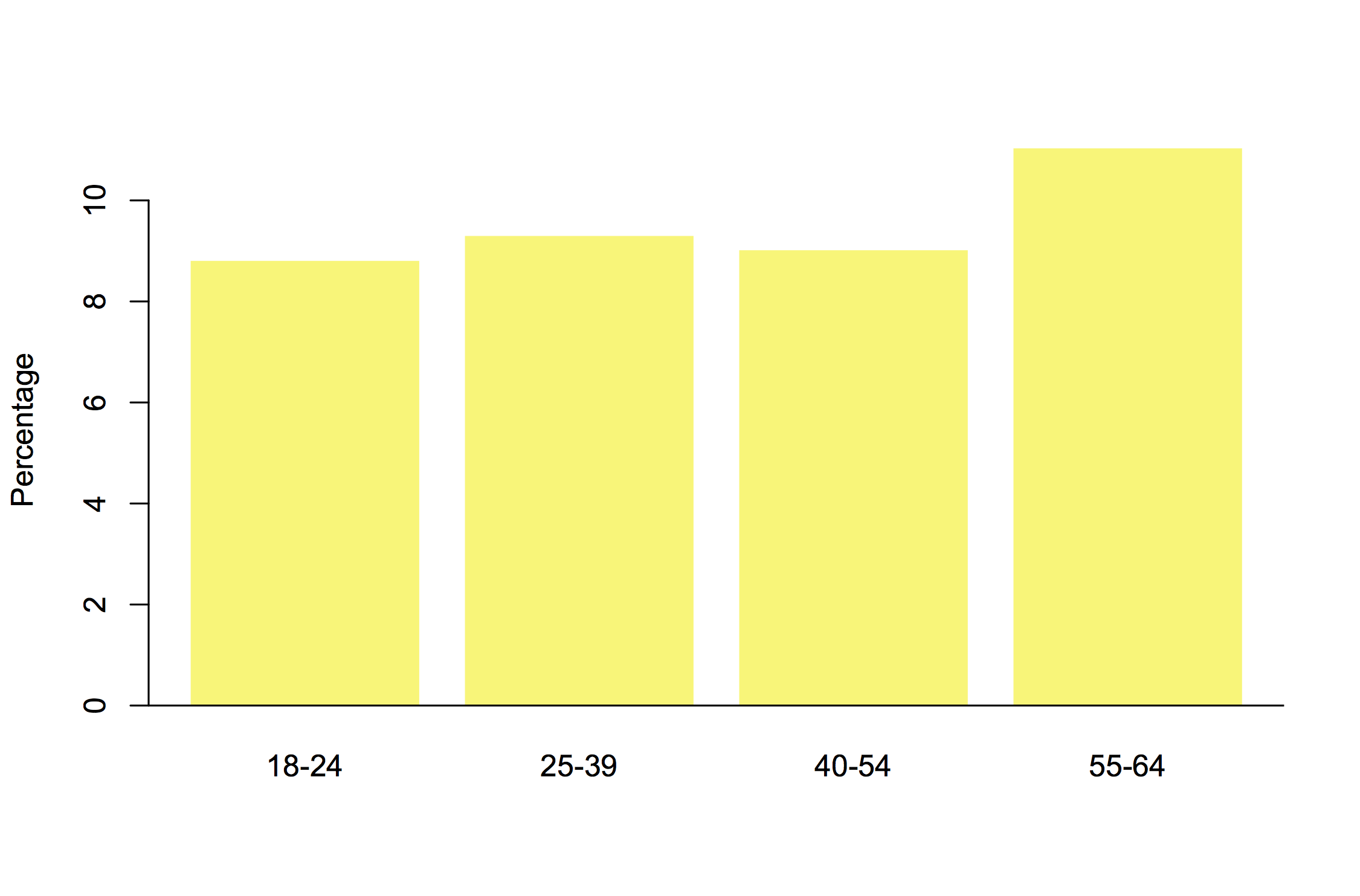There have been a surprisingly large number of order-of-magnitude errors by people you’d expect to know better when commenting on Labour’s proposed water policy. The Greens, last month, proposed a 10c/litre charge on water for bottling. Labour are proposing a variable charge from one or two cents per cubic metre on irrigation up to “cents per litre, not ten cents” for bottled water not taken from a mains supply.
The conversion is fairly simple: 10c per litre is $100 per cubic metre, 1c per litre is $10 per cubic metre, one-one thousandth of a cent per litre is 1c per cubic metre.
How much does that come to for a cabbage or a carton of milk? According to Daniel Collins, the water taken from rivers or aquifers to produce a litre of milk varies from about 1L in the Waikato to about 250L in the Canterbury plains (you’ll see figures of 1000L, but these include needs met from local rainfall) . So a 1c or 2c per cubic metre water charge would come out to less than a cent per litre of milk.
On the other hand, most of our milk isn’t produced for local consumption but for export as milk solids, at a bit more than 11 L of milk per kilogram. At Canterbury water consumption, a 2c charge works out as about 6 cents per kg of milk solids. One Canterbury dairy farmer on Twitter estimated about twice that based on his production and consumption, so we’re at the right order of magnitude. Fonterra is currently paying $6.75 per kilogram of milk solids.
Horticulture is the other use that’s been in the news. I found an estimate that, it takes 237L of water to produce 1kg of cabbage, ie, less than a quarter of a cubic metre, so less than 1 cent. Maybe NZ horticulture is less water-efficient than the average for the world, but that estimate, again, counts rainfall.
It’s hard to get up-to-date data, but in 2010 the total water use consented for horticulture, orchards, and viticulture was about 800 million cubic metres (PDF, table C-21), which would cost $8 million at 1c/cubic metre or $16 million at 2c/cubic metre; the amount actually used was lower. In 2010, Horticulture NZ said the total production of the sector was worth $6 billion.
According to StatsNZ, total water for irrigation, other farming uses, and industrial uses was consented at a maximum of about 8.5 billion cubic metres last year. At 2c per cubic metre that would be 17 billion cents, or $170 million, if all the consented volume was taken and if there was no reduction in use as a result of charging. Some fraction of the water would be priced a lot higher, and Labour is saying “less than $500 milllion“, which looks plausible. That’s a fair sum of money, but it’s about two-thirds of one percent of Crown Revenue.
The cost to the water-using industries of a water charge isn’t trivial; they’re going to notice the increase in their costs; this isn’t free money for the government or the taxpayer. I’m not going to comment on whether this is a good policy; that’s outside my expertise. But, some of the claims about costs have been off by huge factors, and people should be able to do basic maths better than that.



